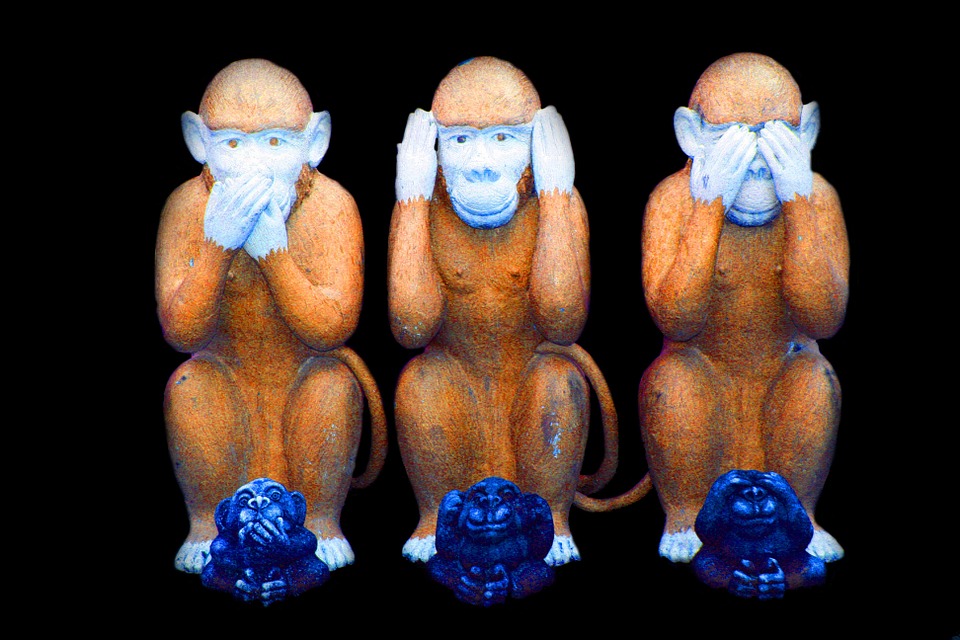
Talent Selection Blind Spots Can Hinder Your ability to Recruit Top Talent
When selecting and interviewing top talent, beware of your talent selection blind spots. It is all too easy to hire talent that is familiar and comfortable while you ignore and overlook the talent you actually need to effectively execute your strategy.
The Top Three Talent Selection Blind Spots
According to our clients, here are the top three blind spots that mess with your ability to select top talent that fits:
1. Thinking Familiarity Is Good
As humans, we all are typically more comfortable with those who are familiar to us…people who think, act and look as we do. But in a corporate environment, this seeming preference for a tribe of like-minded folks can be crippling. There is richness in diversity; without it we build teams of clones who march to the same drummer.
If you truly want to foster an environment where innovation is valued, you need to hire not for compliance with the status quo but to look instead for a variety of attitudes and backgrounds that can bring fresh perspectives and new ideas. As you select talent from outside (or promote talent from within), be wary of favoring those simply because they are familiar.
2. Thinking Agreement Is Good
Another common talent selection blind spot is that we are apt to surround ourselves with people who agree with us. We have all seen leaders who have a cadre of “yes men” who dare not challenge the will or direction of the one they follow. This can be not only harmful to the future of a company or country, it can be outright dangerous.
Think of political leaders who are not encouraged to consider different points of view or to try to see situations from another’s perspective. Wars have been fought for less. Within your corporate setting, as a leader, encourage your staff to freely challenge your thinking.
Find the talent who feel free to ask questions about why you have proposed a certain solution and to come up with alternatives.
3. Thinking Talent Comes Before Culture
Think of workplace culture as the way things get done in a company on a day-to-day basis. Culture defines the norms of behavior that are accepted. It includes the way people think, behave and act.
According to a recent Harvard Business School report, culture can account for up to half of the differential in performance between organizations in the same industry. Our own organizational alignment research found that cultural factors account for 40% of the difference between high and low growth companies.
So culture is something you, as a leader, need to build and reinforce…one that fits your organization’s specific strategy and promotes the values that will help you grow. Culture should play a major role in how you select and promote talent. Yes, a multi-faceted company needs people with many different talents, but employees should fit into an overall corporate culture.
The Bottom Line
If you are not careful, common talent selection blind spots can inhibit your ability to attract, engage and retain the people you need to be successful. Familiarity and agreement are not always good when it comes to talent selection. And make sure that your people strategy aligns with your culture and business strategy.
To learn more about high performing talent, download Exposing The Big 3 Corporate Culture Myths about Talent
Explore real world results for clients like you striving to create higher performance